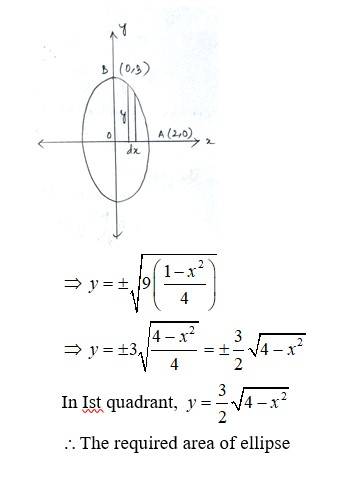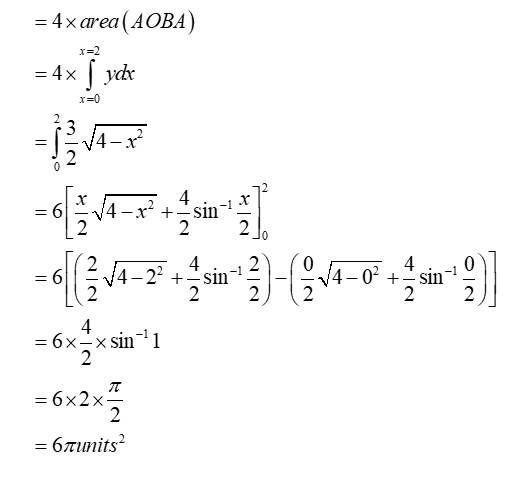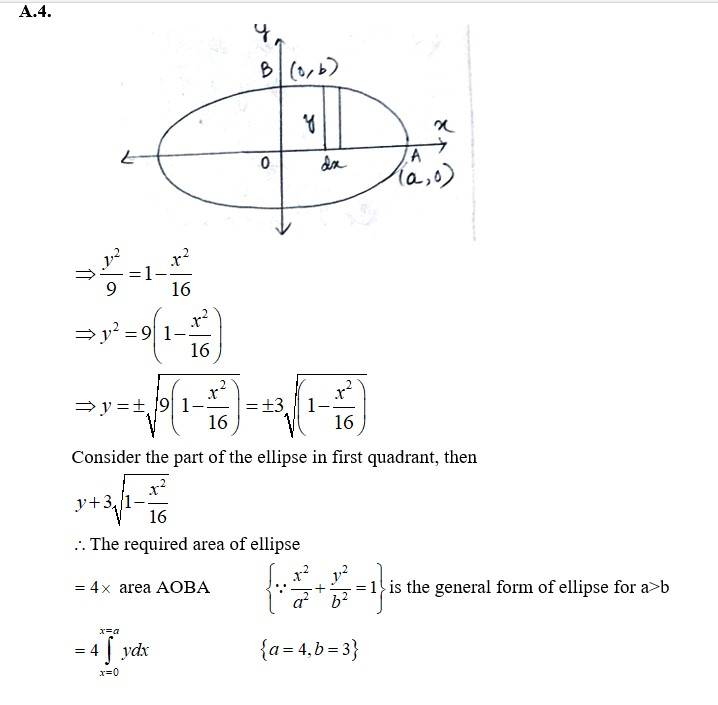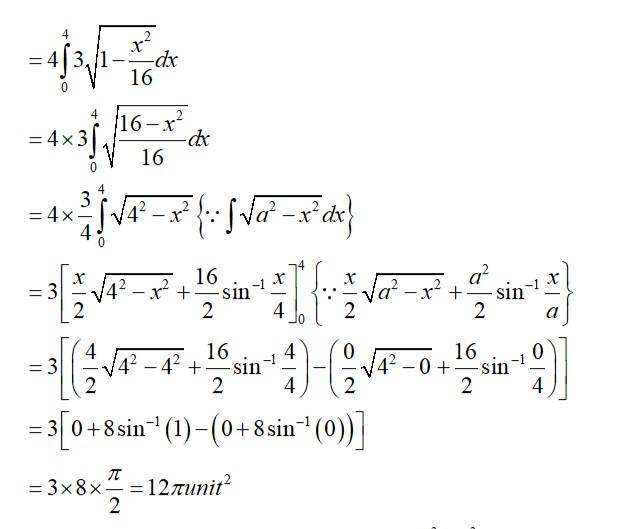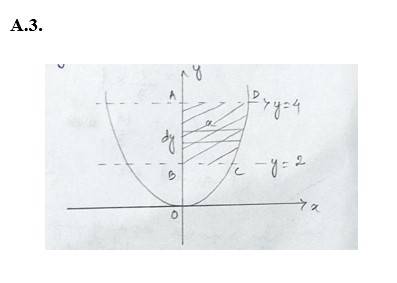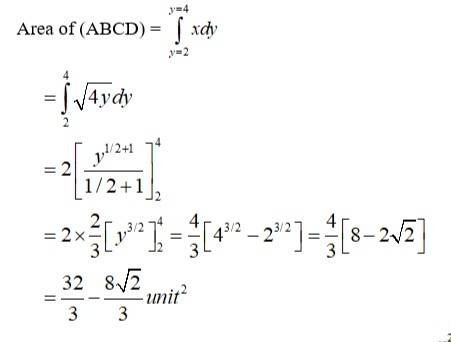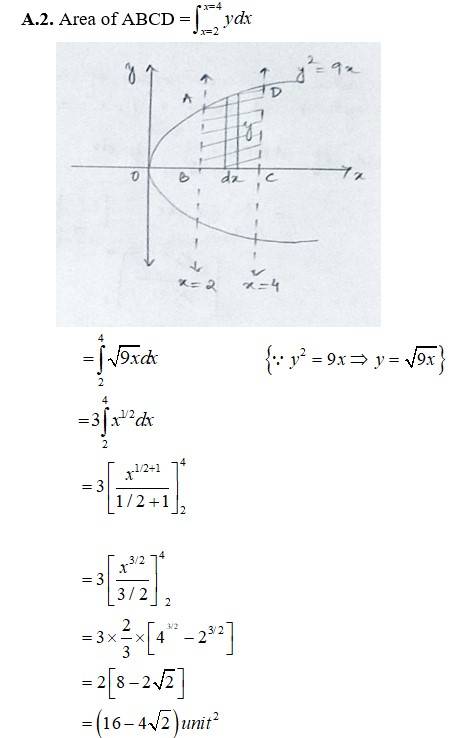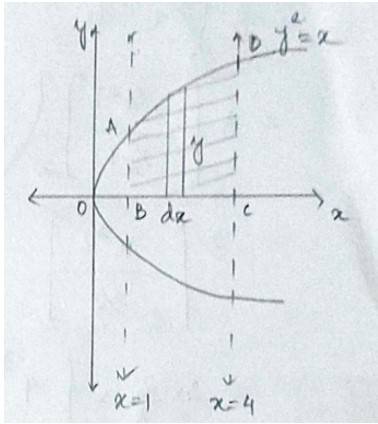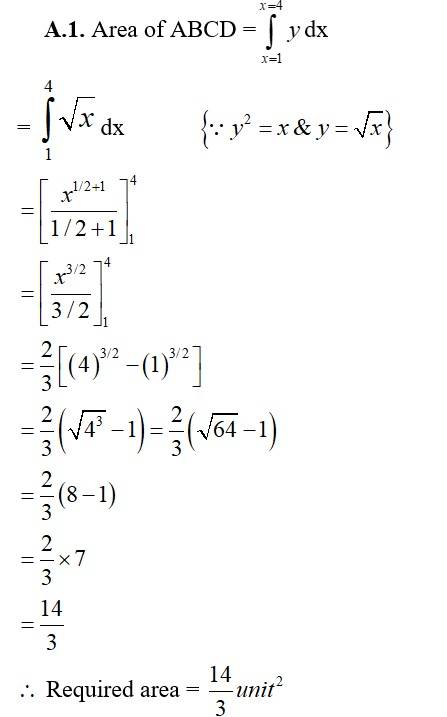Ncert Solutions Maths class 12th
Get insights from 2.5k questions on Ncert Solutions Maths class 12th, answered by students, alumni, and experts. You may also ask and answer any question you like about Ncert Solutions Maths class 12th
Follow Ask QuestionQuestions
Discussions
Active Users
Followers
New question posted
4 months agoNew answer posted
4 months agoContributor-Level 10
The given differential equation is:
This is a linear differential equation of the form
The general solution of the given differential equation is given by,
Therefore, option (c) is correct.
New answer posted
4 months agoContributor-Level 10
The integrating factor of the given differential equation
The general solution of the differential equation is given by,
Hence, the correct answer is C.
New answer posted
4 months agoContributor-Level 10
The given differential equation is:
Integration both sides, we get:
Therefore, option (C) is correct.
New answer posted
4 months agoContributor-Level 10
Let the population at any instant (t) be y.
It is given that the rate of increase of population is proportional to the number of inhabitants at any instant.
(k is constant)
Integration both sides, we get:
In the year
Therefore, we get:
In the year
Therefore, we get:
In the year
Now, on substituting the values of t, k, and C in equation (1), we get:
Hence, the population of the village in 2009 will be 31250.
Taking an Exam? Selecting a College?
Get authentic answers from experts, students and alumni that you won't find anywhere else
Sign Up on ShikshaOn Shiksha, get access to
- 65k Colleges
- 1.2k Exams
- 687k Reviews
- 1800k Answers

